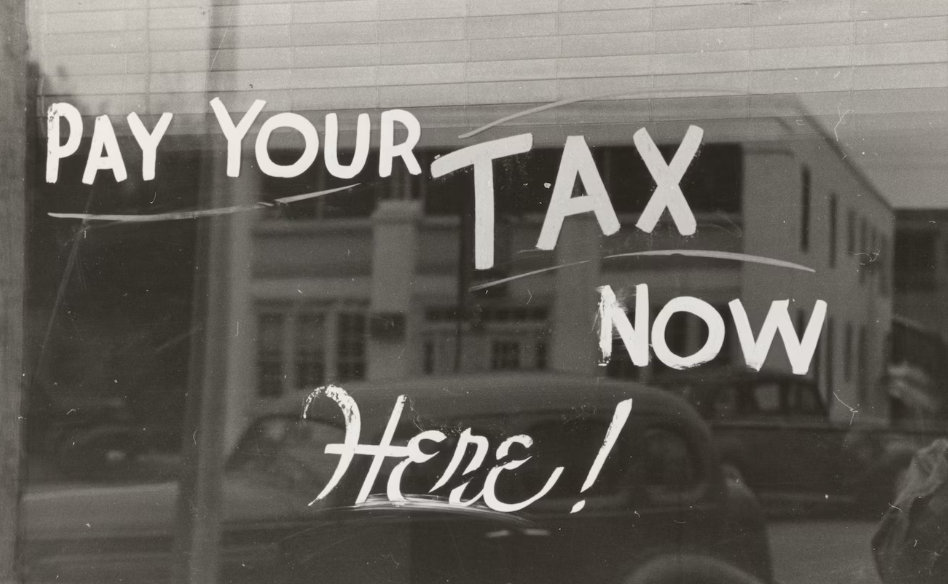


Responsible researcher: Bruno Benevit
Original title: Tax Cuts for Whom? Heterogeneous Effects of Income Tax Changes on Growth and Employment
Authors: Owen Zidar
Intervention Location: United States
Period: 1950-2011
Sector: Tax Economy
Variable of Main Interest: Employment level
Type of Intervention: Tax shocks
Methodology: OLS
Summary
Income taxation involves discussions from various perspectives, usually related to tax justice, efficiency or possible conflicts between both aspects. In the scope of efficiency, the different effects of income taxation for different social strata in the economy is a commonly addressed topic. In this sense, this study verified how tax changes in the United States affected aggregate economic activity through data from the post-war period. The results indicated growth in employment levels were positively affected by cuts in income taxation, with larger effects associated with cuts for low-income groups and small effects in the case of the richest 10% group.
Taxation has the potential to cause distortions within an economy, raising concerns regarding its impacts. Therefore, the taxation of different population groups can imply different effects on various aspects of an economy. On the one hand, it can be argued that tax changes that favor the high-income portion of the population are the most effective way to induce prosperity, spreading positive effects from top to bottom. On the other hand, lower income groups have higher marginal propensities to consume and disincentives to work due to income-based benefits, suggesting that tax cuts for this group could trigger greater economic activity in terms of consumption and labor supply. .
trade-off can be seen between the taxation of groups with different income levels. By focusing on the general impacts of tax changes for different groups, it is possible to analyze the heterogeneous effects of consumption and their effects on the supply side, as well as their consequences on economic activity as a whole.
In the context of the United States, the population share of states belonging to the richest 10% at the national level presents great heterogeneity between the federation entities, varying between 3.9% and 15.48% of the state population.
Regarding the tax trajectory in the country, the social groups prioritized in relation to income taxation varied over time. Taxpayers who saw the largest proportional tax cuts in the early 1980s and 2000s were higher-income taxpayers. Conversely, in the early 1990s, higher-income earners faced tax increases, while low-to-moderate income taxpayers received tax cuts.
Between the period from 1950 to 2010, the author demonstrated that tax changes for different income groups in the United States often occurred simultaneously (ZIDAR, 2019). Furthermore, tax increases have been rare since the 1980s, especially in the bottom four quintiles of gross national income. It was also observed that the magnitudes of tax changes for the top 10% were greater in terms of participation in production due to the increase in the income concentration of this population segment. Additionally, previous tax increases for the bottom 90% occurred primarily through increases in payroll taxes before 1980.
This study constructed a time series of tax changes over the period from 1950 to 2011, adopting two strategies. To calculate tax shocks for the period from 1950 to 1960, changes in marginal rates available in data from the Statistics of Income (SOI) tables were considered .
For the calculation for the period between 1960 and 2011, the author used the Tax Simulator program TAXSIM ( National Bureau of Economic Research's Tax Simulator ) to calculate the shocks based on individual income tax declaration data. For each tax change, a measure was constructed by considering income and deductions in the year before the tax change, as well as the old and new tax tables. In order to avoid the impact of behavioral changes resulting from tax changes, tax data from the previous year was used. Both measures were aggregated for each taxpayer in the 50 American states, considering income groups, such as the poorest 90% and the richest 10% according to national adjusted gross income ( Adjusted Gross Income – AGI).
To verify the real effects of tax changes, the price index of the American Chamber of Commerce Researchers Association – ACCRA and a price index formulated using the Moretti (2013) approach were considered, defined based on the conjunction of real estate market prices and the national Consumer Price Index (CPI).
To estimate the dynamic effects of tax changes for different income groups in the states, event study methodologies, distributed lag models and models for identifying the 2-year effect were adopted. At the state level, the impacts on employment, employment-population ratio, nominal GDP and real GDP were verified. Regarding national variables, the impact on GDP, investment, residential investment, consumption, consumption of durable goods and consumption of non-durable goods was observed.
Event studies were used to look at the impact of a 1% GDP increase in taxes on outcomes for those with adjusted gross income (AGI) in the bottom 90% nationally and for those with AGI in the top 10% nationally. Initially, the outcome variables analyzed comprised measures of employment, nominal GDP, inflation and real GDP. Subsequently, in order to explain the mechanisms associated with tax shocks, another set of outcome variables was verified, comprising measures associated with the labor market and the level of state consumption.
The distributed lag model adopted a specification in order to identify how tax changes in the richest 10% and poorest 90% groups according to the AGI affected economic activity. Therefore, the effect of tax changes in each year and in its two preceding years were considered (changes occurring in years ,
and
). Using this model, impacts at the state and national level were verified. The model for identifying the 2-year effect considered a measure of the difference in the outcome variable between years
and
divided by the value of the outcome variable in the year
, that is, the percentage change over 2 years after a given tax change.
Both models considered time and state fixed effects, in addition to covariates related to spending on social programs in each state and, for the analysis at the national level, the effect of tax changes not associated with income or payroll. Finally, robustness tests were conducted considering different specifications in the vector of covariates of the models, incorporating other cyclicality measures, macroeconomic indices and regional trend variables.
The results of the event studies indicated the presence of trends in the level of employment and in the employment-population ratio at the state level that precede tax changes for the most vulnerable social strata. Specifically, a 1% change in state GDP in taxes for the population in the bottom 90% of AGI implies a change of approximately 4 percentage points lower 3 years later in relation to the level of the two employment measures in the year prior to the tax change. This effect decreases after 4 years, remaining approximately 3 percentage points below the level prior to the tax change. No significant effects were identified for changes in the top 10% of AGI. Regarding the impacts on economic activity, the results indicated that the tax changes impacted both nominal GDP and price indices (ACCRA and Moretti) by 8% and 6% in the year after the tax changes, respectively. Again, the identified magnitudes of these effects were reduced 3 years after the changes.
Regarding the effects of the lag models, estimates from both models pointed to a reduction of approximately 3.5% in the level of the employment-population ratio after a 1% change in the state's GDP in taxes for the population that makes up the lower 90% portion of AGI. Furthermore, tax changes on the same scale for this group also imply a reduction in nominal and real GDP, varying between 5.3% and 9.2%. As previously verified, no significant effects were identified for changes in the top 10% of AGI.
In terms of national implications, tax changes caused reductions of 3.8% and 1.1% after changes in taxes for populations that make up the lower 90% and upper 10% of AGI, respectively. However, such effects were not statistically significant, in the same way as the coefficients associated with the impacts on residential consumption and investment aggregates. Additionally, there was an impact on the macroeconomic aggregate of investments, although with weak significance.
Finally, the results regarding the analysis of mechanisms indicate that activity in the labor market suffers a reduction after tax changes for the bottom 90%. Labor force participation rates decrease by about 3 percentage points 3 and 4 years after a tax change, while hours worked by workers who work at least 48 weeks decrease by about 2% immediately after the tax change. An increase in real wages was also observed following tax changes for the bottom 90%.
This article examined how income tax changes affected economic activity in the United States, focusing on dynamic differences in taxation for different social strata. Through several models considering the lagged effects of tax changes and the cyclicality of economic activity, the estimated effects indicated that macroeconomic aggregates are more sensitive to tax changes on the poorest 90% according to gross income.
In general, the results of this article do not confirm the hypothesis of loss of efficiency resulting from taxation of the richest. This evidence provides new information to policymakers, suggesting caution regarding the existence of a trade-off between equity and tax efficiency in the short and medium term.
References
MORETTI, E. Real Wage Inequality. American Economic Journal: Applied Economics , vol. 5, no. 1, p. 65–103, 1 Jan. 2013.
ZIDAR, O. Tax Cuts for Whom? Heterogeneous Effects of Income Tax Changes on Growth and Employment. Journal of Political Economy , vol. 127, no. 3, p. 1437–1472, jun. 2019.